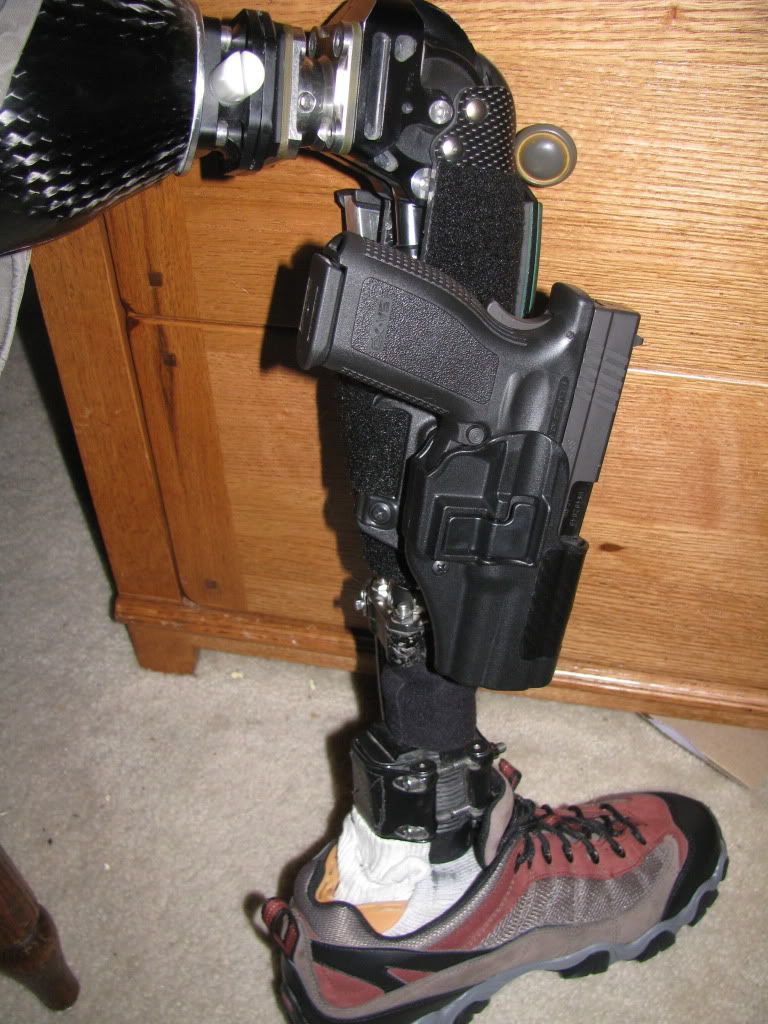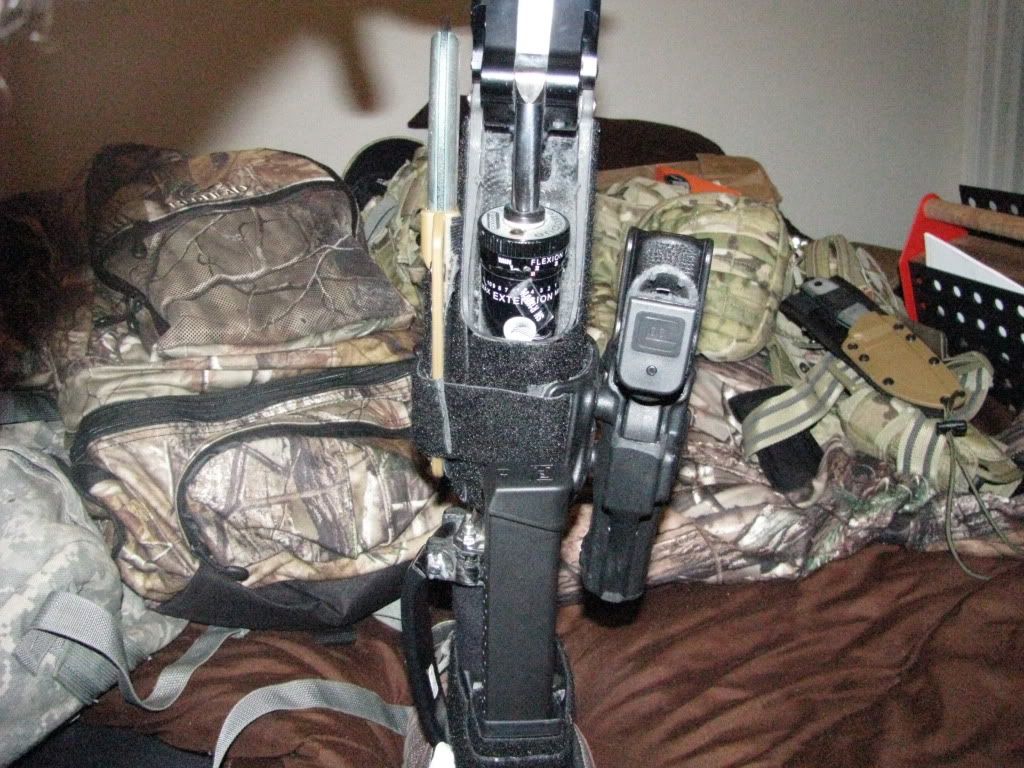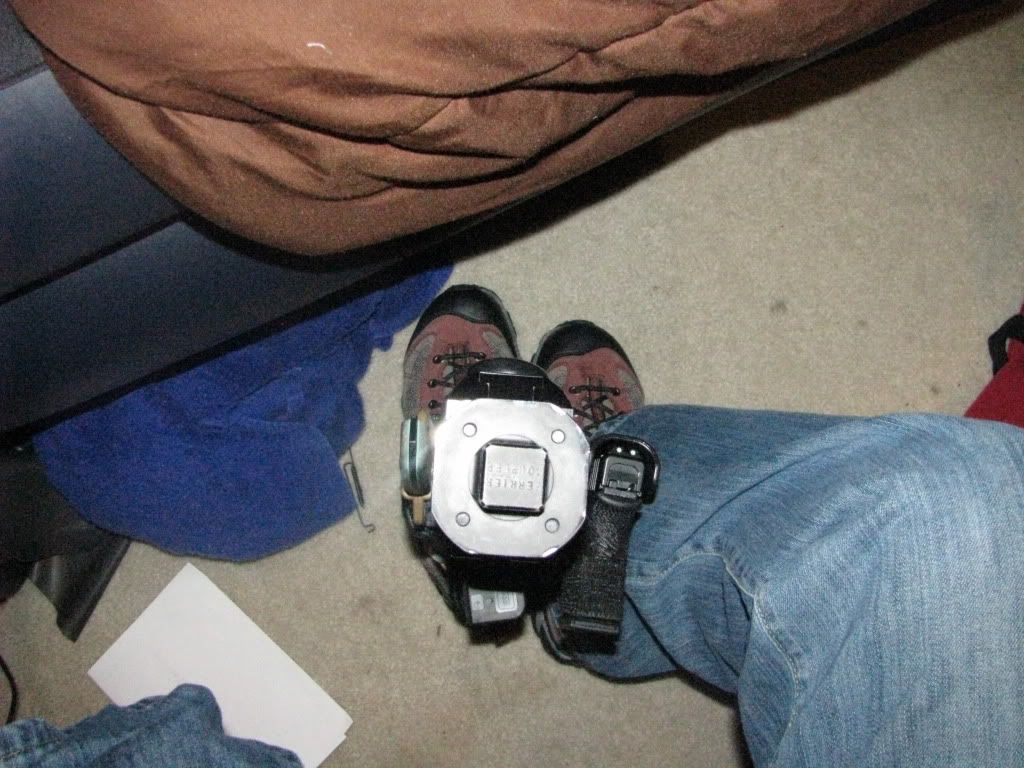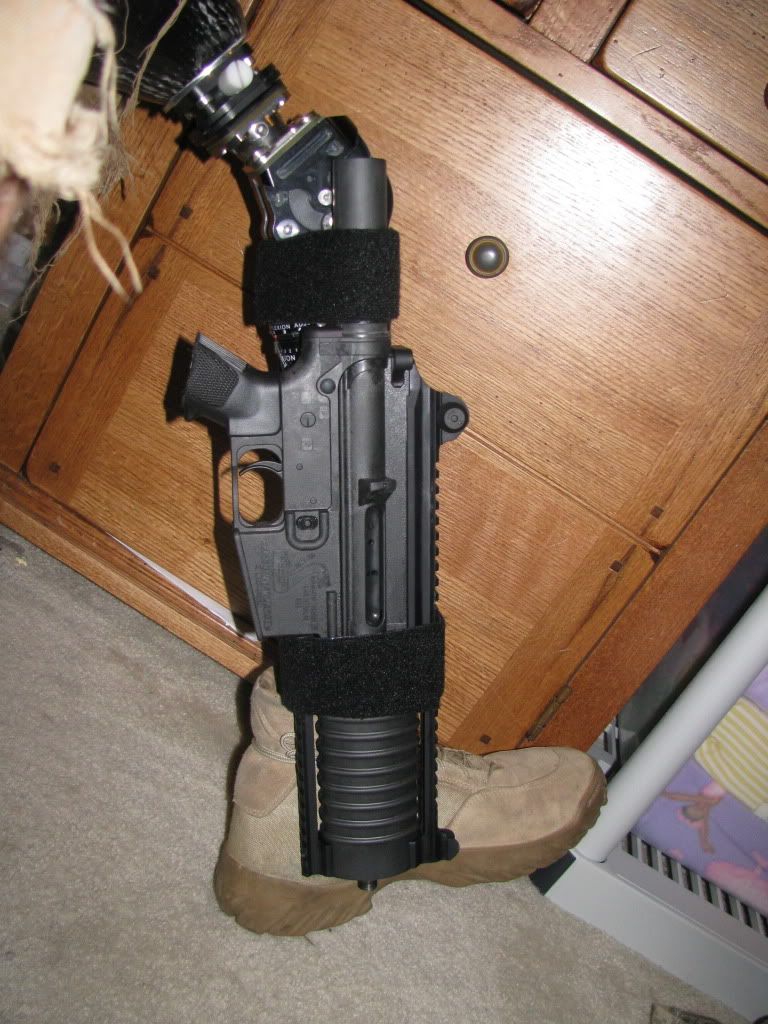“In other words, the very things that should make politicians less likely to want war – productivity growth, democracy, and trading opportunities – have also made war cheaper. We have more wars, not because we want them, but because we can. Finally, under present international arrangements this deep seated tendency is not something that any one country is going to be able to control.”
This paper was fascinating and I highly recommend reading it. Some of the findings will be surprising to some folks, and especially the cause of increased war. Or even ‘whom’ is the cause of increased war…
I also wanted to tie this into my Opensource Military Hardware post, because this DIY concept meshes well with the conclusions of this paper. Opensource concepts, like DIY wireless nets that the Fablab is producing, or opensource software construction, are ideas that are spreading. It is the ability to empower individuals or communities to create the kind of product or service that they want, based upon their needs and financial standing.
To not depend upon someone else to make it for you, but to have the means to design and create it yourself is a powerful thing. It is about choice and not being dependent on someone else. You can either buy the store bought, expensive cookies, or learn how to make those same cookies with a little work and some research. Or you make those cookies, because the store no longer has those cookies. And if you can make that cookie cheaper, and even better than the store bought cookies, all because you were well informed, like with a recipe wiki or some forum, then now you can see the power of this concept as applied to other industries.
To piggyback the conclusion of this paper, opensource will probably be the next trend that will further empower states and non-state actors to wage war. And specifically poor countries and 4th generation war practitioners. Organizations at war, no matter what their wealth and size, will always have a military industrial base. It could be a couple of guys in a garage, welding rocket pods to jeeps, or it could be a massive industrial complex that produces stealth bombers and tanks.
I think what is interesting to ponder though, is that with today’s wars, the small scale industrial bases of today’s enemies, have certainly been able to hold their own against the west’s massive industrial bases. It is as simple as some ‘maker’, creating an EFP at the cost of ten dollars, and using that device to destroy a multi-million dollar M-1 Abrams tank. Of course there are other examples of competing industries during times of war, and we are witnessing such things in Libya or Mexico. All of these groups are trying to figure out how to exploit the weakness of the other side’s weapons and hardware.
With more collaboration and information sharing, the learning curve for how to exploit these weaknesses increases. Opensource concepts really speed things up, and I think organizations around the world will recognize the power of such a thing. Simply because they will see how it is applied to ‘productivity growth, democracy, and trading opportunities’ and come to the conclusion that this could also be used to make war ‘cheaper’. Cheaper gives politicians a choice and the ability to say ‘we can’ go to war.
As a sidebar, it is also interesting to note that contractors are a big part of today’s war fighting, because we too give politicians the ability to say ‘we can’ go to war. That whole adage that ‘you go to war with the army you have, not the one you wish you had’, has kind of been tweaked thanks to the concept of contracting. A country can go to war with the army ‘it was willing to pay for during times of peace’, and instantly supplement that force with a highly flexible support mechanism. A support mechanism that ‘you do not have to pay for during times of peace’, and one that gets absorbed back into other industries and society when war is over. Probably the biggest advantage of this support mechanism is that it ‘chooses’ to serve and work in a war.
Politically speaking, not having to implement a draft is incredibly attractive to a country’s leaders, and further gives them the ability to say ‘we can’ go to war. Using an army of choice, equates to organized violence that is created out of passion/desire/commitment, and not created by forced labor. Might I also add that a well compensated contractor, still must make a commitment to exposing themselves to a war. Thus this choice is as much a patriotic choice, as it is a financial one for many that go. Because if it was all about the money, then all of society would rush the door called ‘contracting’ and compete in this industry. As it stands now, there is only a select segment of society that is willing to risk life and limb in a war and service in the military or as a contractor is something they have committed too. And personally speaking, I would much rather participate in a venture of the willing, as opposed to being a slave in an army of slaves.
Of course then we go back to the discussion of just because we can, should we? And that is a matter for politicians and the country they have sworn to protect to get into. All I am trying to do with this post, is to ponder this study and speculate on the future of warfare. –Matt
Wars steadily increase for over a century, fed by more borders and cheaper conflict
28th June 2011
New research by the University of Warwick and Humboldt University shows that the frequency of wars between states increased steadily from 1870 to 2001 by 2% a year on average. The research argues that conflict is being fed by economic growth and the proliferation of new borders.
We may think the world enjoyed periods of relative freedom from war between the Cold War and 9/11 but the new research by Professor Mark Harrison from at the University of Warwick’s the Centre for Competitive Advantage in the Global Economy, and Professor Nikolaus Wolf from Humboldt University, shows that the number of conflicts between pairs of states rose steadily from 6 per year on average between 1870 and 1913 to 17 per year in the period of the two World Wars, 31 per year in the Cold War, and 36 per year in the 1990s.
Professor Mark Harrison from the University of Warwick said:
“The number of conflicts has been rising on a stable trend. Because of two world wars, the pattern is obviously disturbed between 1914 and 1945 but remarkably, after 1945 the frequency of wars resumed its upward course on pretty much the same path as before 1913.”




